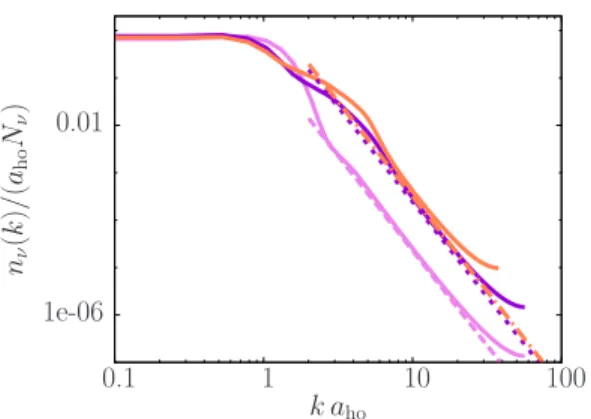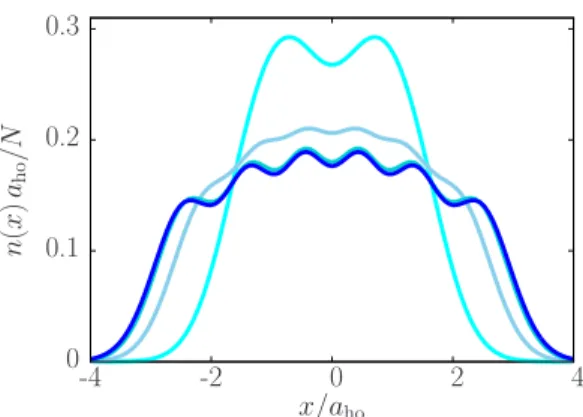High-momentum tails as magnetic structure probes for strongly-correlated SU(κ) fermionic mixtures in one-dimensional traps
Texte intégral
Figure




Documents relatifs
Afterward, two specific points are focused on to illustrate the consequences of scale transition in finite element modeling, while dealing with hydrogen transport
In recent works [12, 26], we have shown that Fermi-Bose mixtures in an optical lattice with diagonal (i.e. with random on-site energy) randomness constitute a case study of
Abstract² I n this paper we introduce our explorative work on the concepts and taxonomy of the misunderstanding in interaction and on the architectural mechanism
There are two reasons for that: first, only small momentum transfers are involved, such that the elastic approximation 3 is well justified for the present conditions; second, as
The bare degenerate band splits into many subbands and there is a ferromagnetic ground state with orbital ordering for n=I 131, and anti- ferromagnetic ordering with Hund's
The light scattering technique is used to study interactions in the mixture of the CaSA surfactant stabilized CaC03 colloid and hydrogenated polyisoprene polymer.
influence of the symmetry of the magnetic interaction and its connection with the Mermin-Wagner theorem, and (ii) the singularity which the surface magneti- zation
Matrix Product State Simulations of Non-equilibrium Steady States and Transient Heat Flows in the Two-Bath Spin-Boson Model at Finite Temperatures2. Angus Dunnett,
